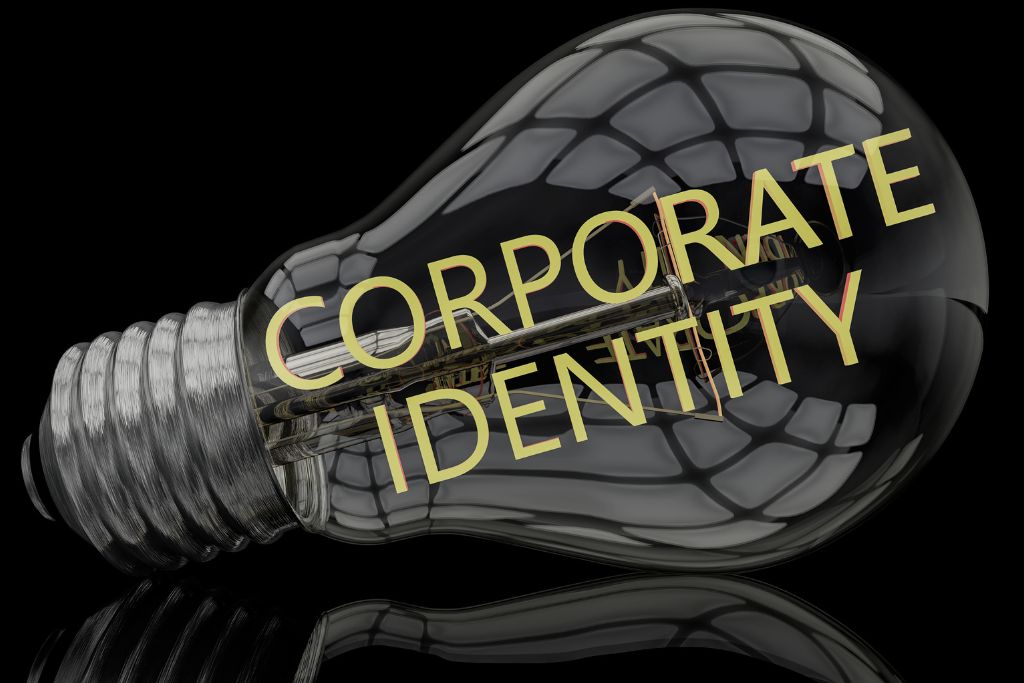- Open: Mon- Fri
- info@informair.co.za
- Cape Town | Polokwane | Durban

The Power of Corporate Identity: Building a Strong Brand in Today's Market
In a crowded and competitive marketplace, a strong corporate identity is more crucial than ever. It’s not just about having a memorable logo or catchy slogan; corporate identity encompasses the entire visual and emotional experience your brand offers. It’s the essence of who you are as a company, how you communicate with your audience, and how you differentiate yourself from the competition. In this blog post, we'll explore what corporate identity is, why it's important, and how you can build and maintain a strong corporate identity that resonates with your target audience.
What is Corporate Identity?
Corporate identity is the overall image and personality of a company as perceived by its stakeholders, including customers, employees, investors, and the general public. It goes beyond visual elements like logos and color schemes to include every touchpoint and interaction that shapes perceptions of the brand.
Key components of corporate identity include:
Visual Identity:
The tangible elements such as logos, color palettes, typography, and design styles that represent the brand visually.
Brand Voice and Messaging:
The tone, language, and messaging strategies used in communication, whether in advertising, social media, or customer service.
Company Culture:
The internal values, beliefs, and practices that define how employees interact with each other and with customers.
Brand Values:
The core principles and beliefs that the company stands for and promotes through its actions and messaging.
Customer Experience:
The overall experience that customers have when interacting with the brand, from the first point of contact to post-purchase support.
Why is Corporate Identity Important?
1. Differentiation
In a market saturated with competitors offering similar products or services, a strong corporate identity helps your brand stand out. It communicates what makes your company unique and why customers should choose you over others.
2. Brand Recognition
Consistent use of visual and messaging elements builds brand recognition. Over time, customers come to associate these elements with your company, making it easier for them to recall your brand and what it stands for.
3. Trust and Credibility
A cohesive and professional corporate identity fosters trust and credibility. When customers see that every aspect of your brand is aligned and consistent, they are more likely to view your company as reliable and trustworthy.
4. Emotional Connection
Corporate identity helps create an emotional connection with your audience. By aligning your brand values and messaging with the needs and desires of your customers, you can build strong, lasting relationships that go beyond transactions.
5. Employee Engagement
A strong corporate identity not only attracts customers but also engages employees. When employees understand and resonate with the company’s identity, they are more likely to feel motivated and committed to the brand’s mission, leading to higher productivity and job satisfaction.
Building a Strong Corporate Identity
Creating a compelling corporate identity requires careful planning and execution. Here are the key steps to building a strong corporate identity:
1. Define Your Brand’s Core Values and Mission
Start by defining the core values and mission of your company. What do you stand for? What are your long-term goals? Your corporate identity should reflect these values and serve as a guide for all branding decisions.
2. Develop a Visual Identity
Work with a professional designer to create a visual identity that aligns with your brand’s values and resonates with your target audience. This includes designing a logo, choosing a color palette, selecting typography, and developing a consistent style for all marketing materials.
3. Establish a Brand Voice
Determine the tone and style of communication that best represents your brand. Whether your brand voice is formal, friendly, playful, or authoritative, it should be consistent across all platforms, including social media, website copy, and customer service interactions.
4. Create a Brand Style Guide
A brand style guide is an essential tool for maintaining consistency. It outlines the rules for using visual and messaging elements, ensuring that everyone in your organization is aligned and that your brand is presented consistently across all touchpoints.
5. Ensure Consistent Application
Consistency is key to a strong corporate identity. Make sure that all visual and messaging elements are applied consistently across all channels, from your website and social media to packaging, advertising, and internal communications.
6. Monitor and Evolve
Corporate identity is not static; it should evolve as your company grows and the market changes. Regularly monitor how your brand is perceived and be open to making adjustments to keep your corporate identity relevant and impactful.
A strong corporate identity is a powerful asset for any business. It defines how your brand is perceived, sets you apart from competitors, and builds trust and loyalty among customers. By carefully crafting and consistently maintaining your corporate identity, you can create a lasting impression that drives long-term success.






